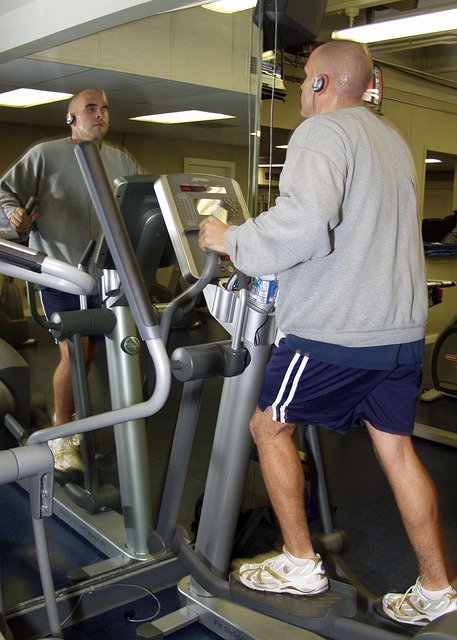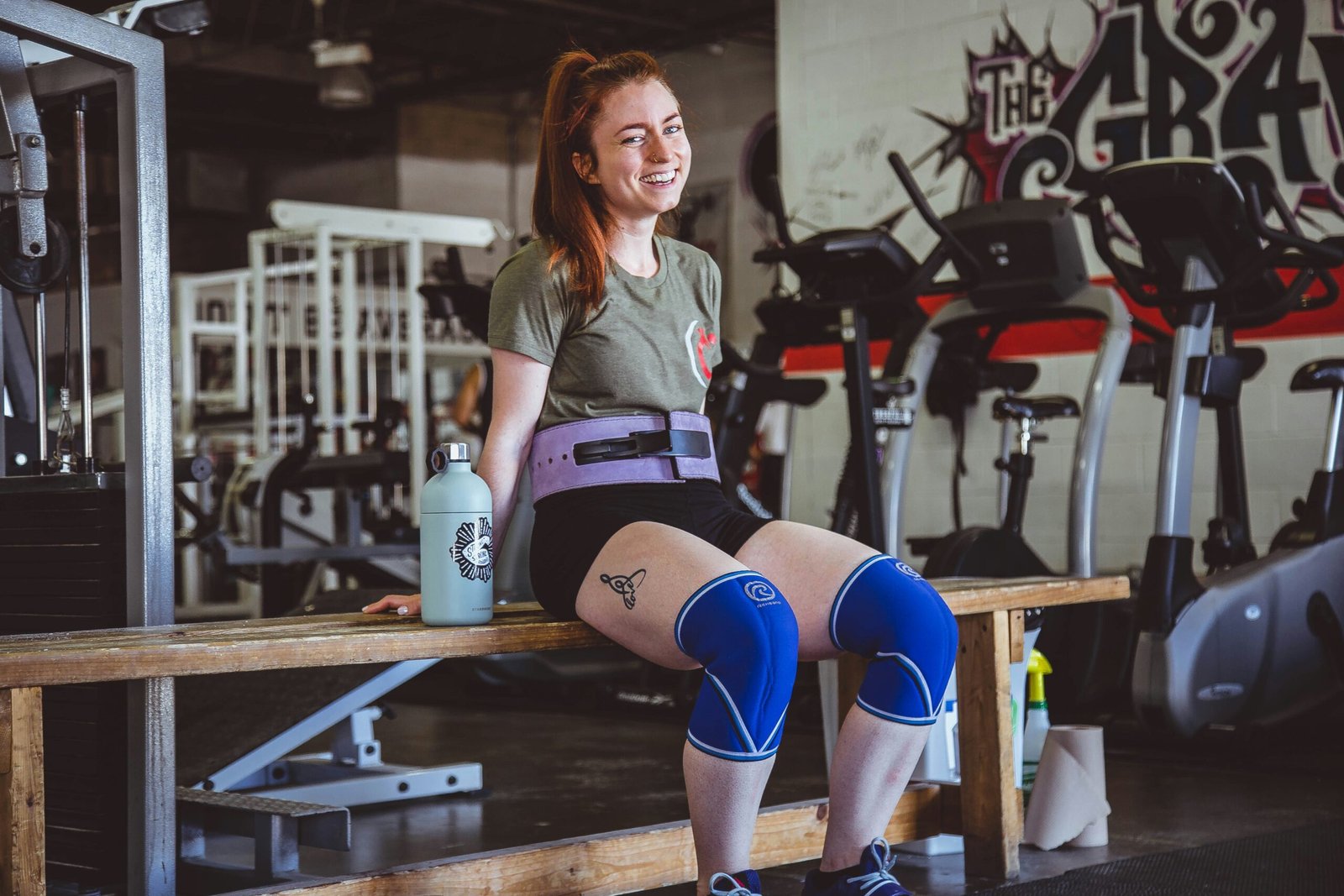Hey there! Just a heads up—this post contains affiliate links. If you click through and make a purchase, we may earn a small commission at no extra cost to you. Thanks for supporting the site and helping us keep the content coming!

Table of Contents
Understanding Cardio Workouts
Cardiovascular workouts, commonly referred to as cardio, encompass a variety of physical activities aimed at improving the efficiency and health of the cardiovascular system. This form of exercise primarily engages large muscle groups and elevates the heart rate, promoting increased blood circulation and enhanced oxygen delivery to the muscles. Popular types of cardio workouts include running, cycling, swimming, and group fitness classes. Each of these activities can be tailored to meet individual fitness levels and preferences, making cardio an accessible option for many.
The benefits of engaging in regular cardiovascular exercise are multifaceted. Firstly, cardio workouts are essential for maintaining overall health. They have been shown to reduce the risk of chronic diseases such as heart disease, type 2 diabetes, and obesity. Additionally, these workouts are integral in improving endurance and aerobic capacity, allowing individuals to perform daily activities with greater ease. Over time, regular participation in cardiovascular exercise can lead to enhanced stamina and a significant boost in energy levels.
Moreover, cardio exercises play a pivotal role in weight management. By burning calories during workouts, individuals can create a caloric deficit, which is fundamental for weight loss. Furthermore, cardiovascular workouts can improve mental health, as physical activity releases endorphins—known as ‘feel-good’ hormones—thereby reducing feelings of anxiety and depression. It is also worth noting that incorporating varying forms of cardio can prevent workout monotony, keeping individuals motivated and engaged in their fitness journey.
Ultimately, the integration of cardiovascular workouts into a regular fitness routine is not merely beneficial but essential for achieving optimal health and fitness. As individuals explore these various forms, they can find a suitable regimen that aligns with their personal goals and lifestyle, ensuring long-term adherence and success.
Factors Influencing Cardio Duration

Deciding on the appropriate duration for cardio workouts is influenced by several key factors that can vary significantly from one individual to another. Understanding these elements is essential for tailoring a workout routine that aligns with personal health and fitness objectives.
One of the primary factors is individual fitness levels. Beginners may find that engaging in 20 to 30 minutes of moderate-intensity cardio is appropriate for building endurance, while seasoned athletes might require longer sessions or higher intensities to maintain or improve their performance levels. Consequently, personal fitness history plays a pivotal role in determining workout durations. Additionally, monitoring heart rate and perceived exertion during workouts can offer further insights into an individual’s needs.
Health goals are another crucial consideration. For example, those focusing on weight loss may benefit from longer durations or higher intensities that allow for greater calorie expenditure. In contrast, individuals aiming to build muscle may incorporate shorter, high-intensity intervals followed by strength training, which alters the traditional perception of cardio length. Furthermore, improving cardiovascular health often necessitates sustained efforts combined with varied intensities, guiding recommendations on how long sessions should last.
Age can also affect how long one should engage in cardio exercises. Younger individuals might handle longer sessions with ease, while older adults may need to prioritize shorter, more frequent workouts to reduce the risk of injury and to suit their recovery capabilities. Lastly, the type of cardio being performed—whether it is steady-state running, cycling, or high-intensity interval training—significantly impacts the duration as each type has its own recommendations for effectiveness and safety.
Overall, establishing an appropriate duration for cardio workouts should involve careful consideration of fitness levels, health goals, age, and the specific type of exercise being performed. A personalized approach ensures optimal results while supporting sustained engagement in physical activity.
Guidelines for Optimal Cardio Workout Duration
Determining the appropriate duration of cardio workouts is essential for maximizing their benefits and achieving specific fitness goals. Various fitness organizations, including the American Heart Association and the Centers for Disease Control and Prevention, provide guidelines tailored to different fitness levels and objectives. Understanding these guidelines can help individuals establish effective training routines.
For beginners, it is generally recommended to engage in cardio exercises for at least 150 minutes per week, which can be divided into 30-minute sessions on five days. This duration should focus on moderate-intensity activities such as brisk walking or light cycling. For individuals just starting, sessions can be shorter to accommodate their current fitness level, gradually increasing over time as endurance builds.
Intermediate individuals should aim for 150 to 300 minutes of moderate-intensity or 75 to 150 minutes of vigorous-intensity cardio weekly. As fitness adapts, incorporating higher intensity and longer duration sessions becomes vital for continued progress. Individuals should consider including various activities such as running, swimming, or group fitness classes to maintain engagement and challenge their cardiovascular system.
Advanced athletes aiming for specific performance goals may require more tailored approaches. Such individuals can benefit from targeting 300 minutes or more of moderate-intensity aerobic exercise each week, emphasizing time-efficient high-intensity interval training (HIIT) sessions. Furthermore, endurance training for events like marathons may demand longer sessions, sometimes exceeding 90 minutes.
Lastly, specific fitness goals such as fat loss or enhanced heart health often dictate the intensity and duration of workouts. For fat loss, higher frequency and sustained intensity can be effective, while those focusing on heart health should maintain steady-state cardio for longer durations. Ultimately, adjusting workout frequency and intensity based on individual abilities and objectives remains crucial for achieving optimal results.

Tailoring Your Cardio Routine
Creating a personalized cardio routine is essential for ensuring that your workouts are both effective and enjoyable. The key to success lies in seamlessly integrating cardio into your daily life while adapting to your specific fitness level and preferences. Begin by assessing your current lifestyle, including work commitments and personal obligations, to identify suitable times for cardiovascular exercise. Even a brief 10 to 15-minute session can be effective if performed consistently.
Variety is crucial in maintaining motivation and progression in your cardio workouts. Consider different types of activities, such as jogging, cycling, swimming, or even group classes, to keep your routine fresh. It’s beneficial to alternate between different workout lengths and intensities. For instance, higher-intensity interval training (HIIT) can yield impressive results in a shorter amount of time, while steady-state cardio may suit longer sessions. The importance of listening to your body cannot be overstated; recognizing signs of fatigue or distress will help you avoid injury and allow for appropriate recovery.
In addition, setting realistic and achievable goals will bolster your motivation and commitment to your cardio routine. Start with short-term objectives, such as completing a certain number of workouts each week, and gradually increase the difficulty or duration as you progress. Instead of aiming for perfection, focus on making improvements over time. Sample routines could include a 30-minute brisk walk three times a week combined with interval sprints on alternative days. By customizing your training plan to fit your unique needs and schedule, you are more likely to sustain your cardio activities long-term. Achieving a balance between fitness aspirations and life commitments can lead to improved endurance and overall well-being.
If you found this post to be helpful, then you may be interested in the rest of our blog page here.
At Gear Affiliate, we always want to give our readers more resources to research. Below are a few sources that we have found to be helpful relating to this topic.


